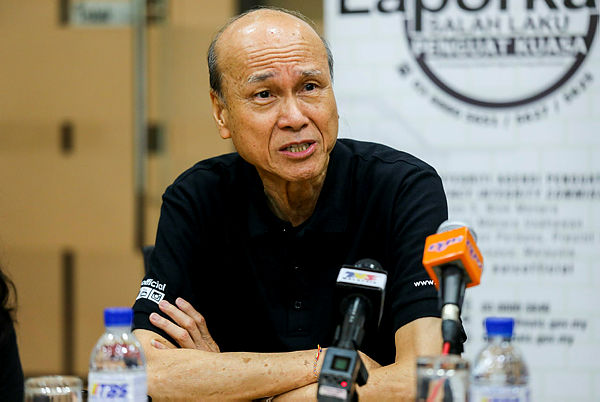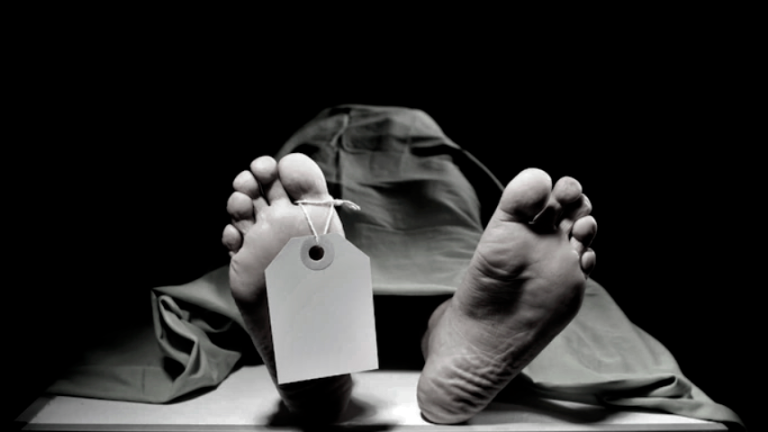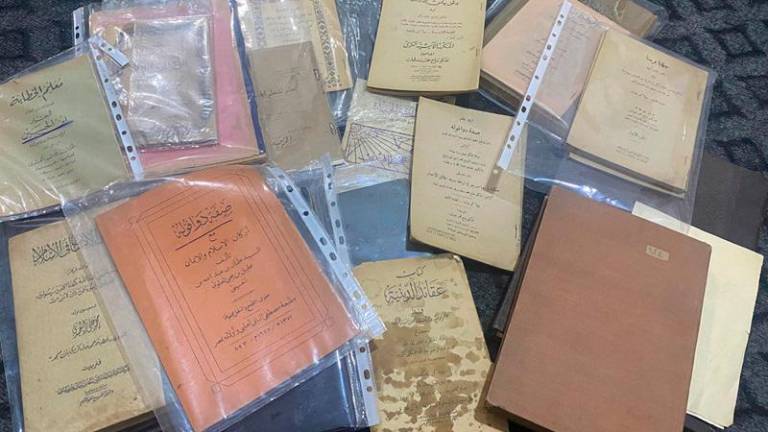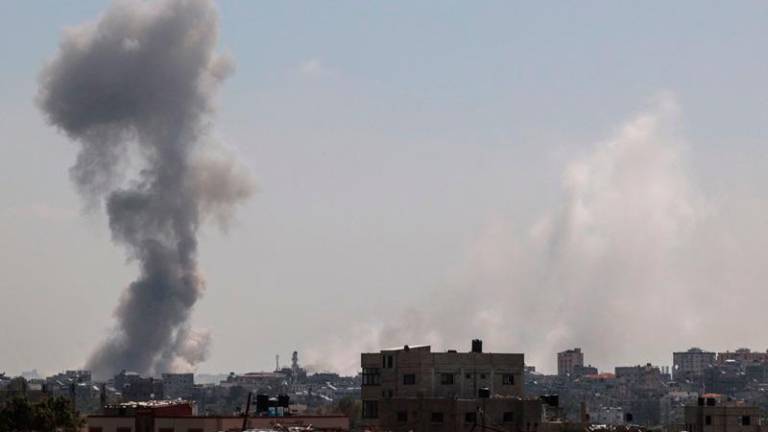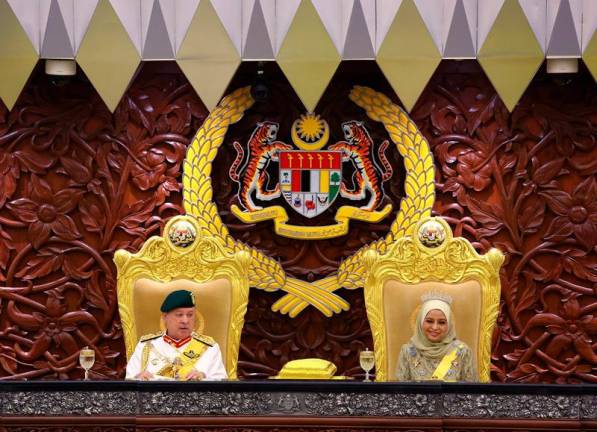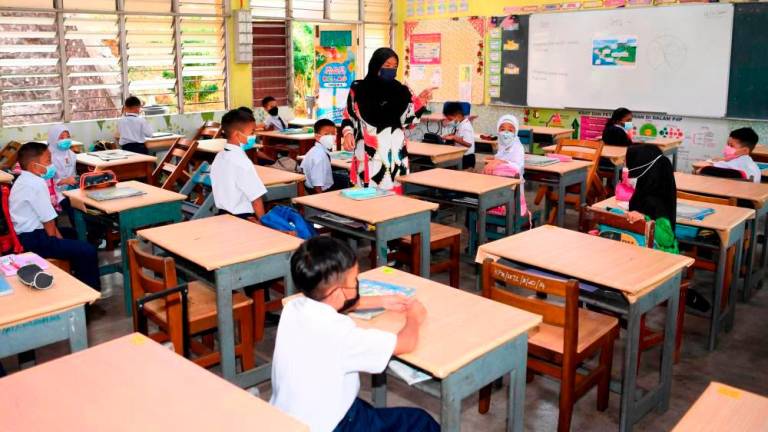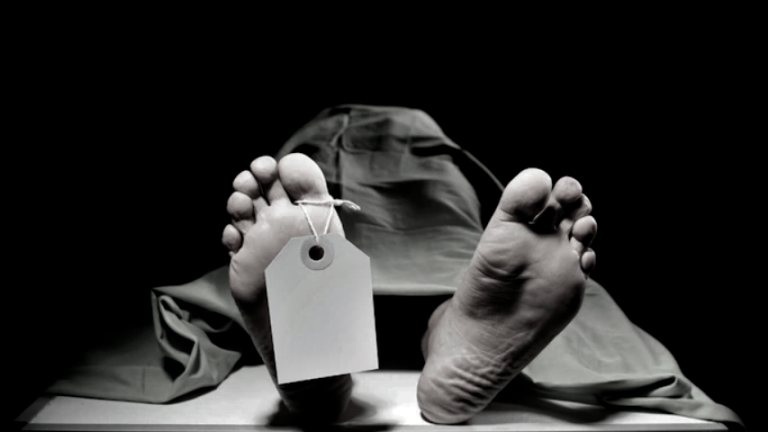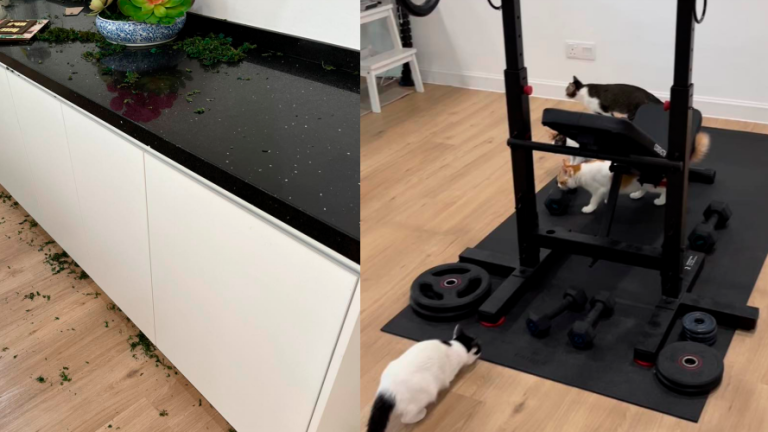KUALA LUMPUR: Media organisations should not take lightly the aspect of occupational safety and health (OSH), especially for their reporters on the ground, National Institute of Occupational Safety and Health (Niosh) chairman, Tan Sri Lee Lam Thye (pix) said.
He said this was because the members of the media were the ones who would be facing danger and diseases, and even the risk of being killed, when deployed to cover certain assignments, especially in a conflict zone.
“Based on my observation, good OSH practices among media practitioners is still low and the awareness level must be increased.
“It is even more frustrating when some employers consider good OSH practices as a trivial issue and are not keen to implement them in their respective media organisations,” he told reporters after launching the Media Safety Passport training programme, organised by Niosh with the cooperation of government and private media organisations at the Kuala Lumpur Convention centre here today.
Also present were Astro Malaysia Holding Berhad chairman Tun Zaki Tun Azmi, Malaysian National News Agency (Bernama) chairman Datuk Seri Azman Ujang and Malaysian Press Institute (MPI) chief executive officer Datuk Dr Chamil Wariya.
Elaborating, Lee said all employers of media practitioners should work closely with Niosh in raising the level of awareness among their staff on OSH issue and not wait until something bad happened before taking the necessary safety measures.
“I believe that if employers invest in their workers’ safety and health, it will bring more benefit to them, including having less risk of occupational accidents and more highly-spirited and productive workers,” he said.
In fact, Lee said under the OSH Act 1994, it is the responsibility of the employer to provide a safe and healthy work environment for their workers.
The Department of Occupational Safety and Health under the Human Resources Ministry has also published the Guidelines for Media Professionals 2012, which provides complete information on the safe work practice for media practitioners, he said.
He said the guidelines were formulated following the tragedy in which Bernama cameraman Noramfaizul Mohd Nor was killed after being hit by a stray bullet while covering a humanitarian mission in Mogadishu, Somalia, in September 2011.
Among the latest cases that needed attention and consideration is the toxic waste pollution at Sungai Kim Kim in Pasir Gudang, Johor, where journalists on the ground were seen to have not worn any personal protective equipment to protect themselves from the pollution, he added. — Bernama



